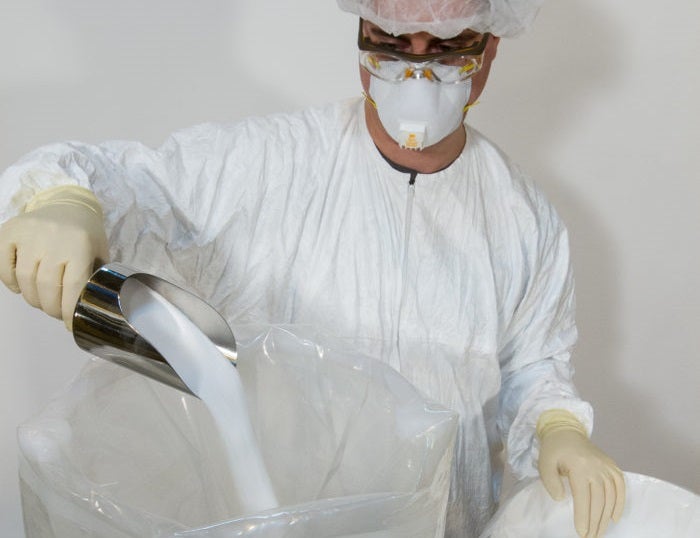
The last few years have proven pivotal for contract manufacturing and development organisations (CMOs and CDMOs). With rapid development in potent compounds, and ambitious plans to expand this process in the future, many of these facilities have achieved fast paced growth with no signs of slowing down.
But with these benefits come a fresh set of challenges. The increased use of high potency ingredients in drug products is creating a unique set of problems for CMO/CMDOs, with effective containment of compounds in a multi-use facility a principal concern.
High potency active pharmaceutical ingredients (HPAPIs) increase containment requirements, ensuring they are effective for everyone involved in the manufacturing process. Containment is essential to ensure personnel are not over-exposed to the effects of the products, as well as mitigating issues with cross contamination for the end-user. Add the burden of increased regulatory scrutiny, and these challenges are further intensified for manufacturers.
Adapting to single use containment
“There is a current trend for pharmaceutical products to use more potent compounds which require better levels of containment than they have in the past,” says Scott Patterson, VP of commercial sales at containment solutions specialists ILC Dover.
“This means that how CMOs might have processed compounds in the past is no longer acceptable. Manufacturers must now adapt to the potency of the compounds and organise containment to get proper protection for operators at risk of exposure from the compounds.
“Recent regulatory changes now also require all compounds to undergo toxicology. Not only does this establish the level of exposure that operators could have come into contact with, it also protects the patient from potential cross-contamination.”
In order to meet these stringent guidelines, manufacturers must complete cleaning and validation between every product line process. According to Patterson: “Cleaning practices are the number one burden for manufacturers. These processes take up a lot of time, labour and materials. And even after all that, there is still no such thing as perfectly clean. You can clean it as much as you want and you’re still going to have some residual compound.”
But ILC Dover has a solution. Headquartered in the US and with clients around the world, the leading firm has created a range of single use containment solutions that are disposable, removing the need for arduous cleaning processes but maintaining the same level of containment.
In utilising single use technology or flexible containment solutions, manufacturers are able to be more adaptable to existing processes. Operators are also given the ability to contain at the source, keeping the product from escaping into the room, and achieving less shrinkage or wasted product.
How does single use containment add value?
With the removal of costly, time-consuming cleaning requirements, and the ability to reduce wastage, ILC Dover’s single-use containment product has the ability to deliver increased value to manufacturers. But a more direct cost-saving can be found in installation; the flexible containment solution is considerably less expensive to install, at typically 15% to 20% of the cost of traditional hardwall equipment.
Another benefit for CMO/CDMO’s is ILC Dover’s ability to evaluate their processes, deliver a solution, install it, and be ready to go in less than 10 weeks, creating a rapid go-to-market strategy. For manufacturers opting for traditional hardwall solutions, they can expect that timeframe to be doubled, even tripled.
“Several CMOs have told us that with our products they are now able to plan properly for a campaign in terms of their cost of containment,” continues Patterson. “This means they can say exactly how much flexible containment they need and at what cost when they are bidding on a campaign to process a pharmaceutical product. It is an extremely powerful tool.
“Right now, the entire CMO/CDMO market is very busy and experiencing long lead times; it’s becoming a problem. One of the reasons why they’re so busy is the failure to adopt flexible containment. If they converted to disposable containment technology, the cadence of how they can run campaigns would be much faster, better satisfying their pharmaceutical clients, and driving increased revenue.”


